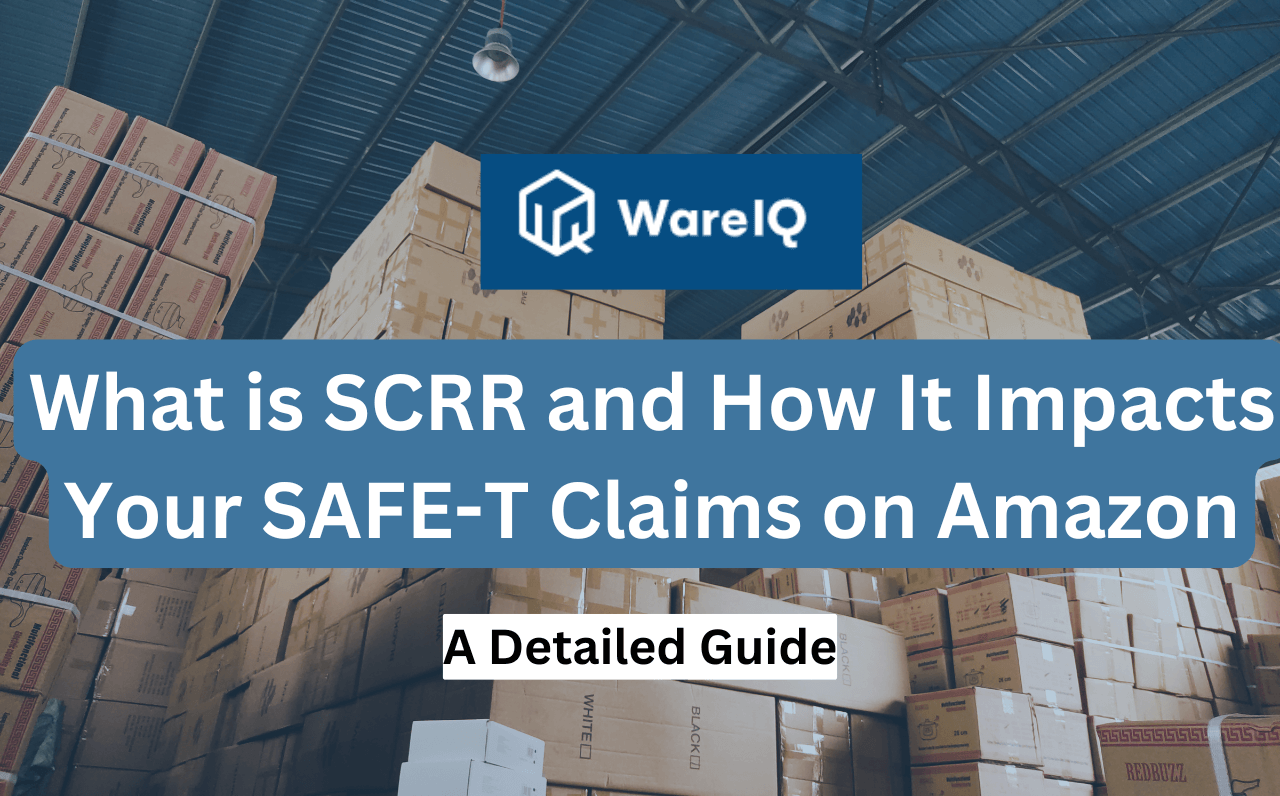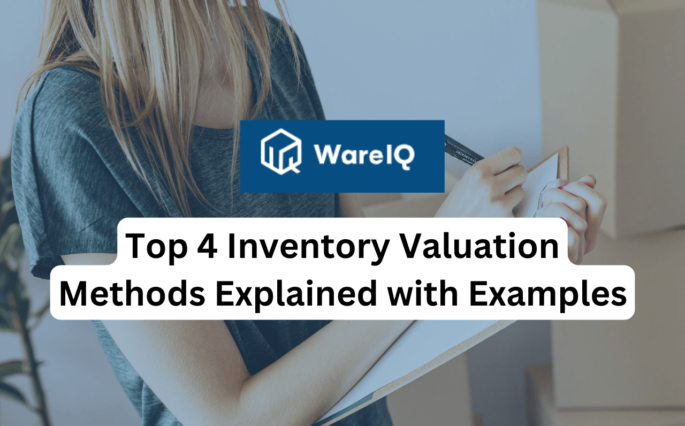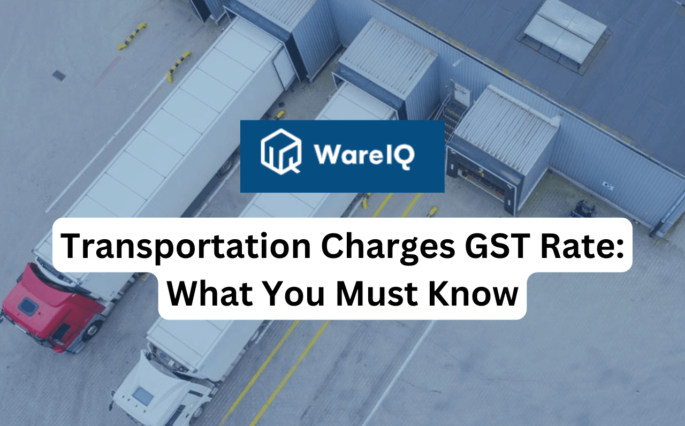What is SCRR and How It Impacts Your SAFE-T Claims on Amazon: A Detailed Guide

Handling returns is one of the biggest challenges for Amazon sellers. To stay profitable and keep customers happy, it’s essential to understand Seller-Controlled Return Rate (SCRR) and how it impacts your business. SCRR is a key metric that measures returns that are directly attributed to the seller’s actions or issues, such as product defects, incorrect listings, or inadequate packaging. Managing SCRR effectively is crucial to maintaining strong seller performance metrics and eligibility for programs like Amazon Prime or Buy Box placement.
What Is SCRR? (Seller-Controlled Return Rate)
SCRR, or Seller-Controlled Return Rate, refers to returns that are caused by factors within the seller’s control. This includes issues like inaccurate product descriptions, defective products, poor packaging, incorrect items being shipped, or expired goods. A high SCRR can negatively impact your seller performance, leading to account warnings, suspension, or disqualification from programs like Amazon Prime.
Reasons for SCRR Classification
| Reason | Description | Example |
| Inaccurate Product Description | The product listing contains incorrect or misleading information, such as wrong dimensions, features, or materials. | A seller lists a product as “100% cotton,” but it actually contains synthetic fibers. |
| Defective or Damaged Products | Items that are shipped in poor condition or are non-functional upon arrival. | An electronic gadget is shipped but doesn’t turn on due to a manufacturing defect. |
| Poor Packaging | Inadequate packaging that leads to product damage during transit. | A fragile item like glassware breaks during shipping due to insufficient padding. |
| Wrong Item Shipped | Sending an incorrect product or a variation different from what the customer ordered. | A customer orders a size ‘L’ shirt but receives size ‘S’. |
| Expired Products | Particularly for consumables or beauty products, if an expired product is sent, it directly impacts the seller’s accountability. | A cosmetic item delivered past its expiration date. |
| Missing Parts or Accessories | Products with missing components or accessories. | A smartphone shipped without a charger or user manual. |
| Delays in Fulfillment | Failing to fulfill an order on time, leading to customer dissatisfaction. | An item promised for next-day delivery arrives after a week. |
| Customer Complaints About Quality | Returns due to dissatisfaction with product quality, even if subjective. | A customer claims the fabric of a garment feels cheap compared to the description. |
Impact of High SCRR
- Performance Metrics: High SCRR rates negatively affect your seller performance score, which can lead to account warnings or suspension.
- Loss of Buy Box: Sellers with frequent SCRR issues may lose access to the coveted Amazon Buy Box.
- Reduced Profit Margins: Frequent returns lead to increased costs due to reverse logistics and damaged inventory.
- Program Ineligibility: High SCRR rates can disqualify sellers from programs like Amazon Prime or Seller Fulfilled Prime.
How SCRR Impacts SAFE-T Claims
Amazon’s SAFE-T (Seller Assurance for E-commerce Transactions) claims process allows sellers to seek reimbursements for losses due to issues beyond their control. However, when returns are classified under SCRR, it can directly impact your eligibility for SAFE-T claims. For example, if the return is due to poor packaging or an inaccurate product description, Amazon may deny your SAFE-T claim, considering it to be the seller’s fault. Therefore, managing and minimizing SCRR is key to improving the chances of a successful SAFE-T claim.
How to Reduce SCRR
| Action | Description |
| Optimize Product Listings | Ensure accurate, detailed, and honest descriptions of your products. Include high-quality images and specify dimensions, materials, and features clearly. |
| Quality Control | Conduct thorough checks on your inventory before shipping to ensure defect-free and functional products. |
| Improve Packaging Standards | Use robust and secure packaging materials, especially for fragile or perishable items. |
| Fulfill Orders Promptly | Meet shipping timelines consistently and communicate proactively if delays occur. |
| Customer Feedback Monitoring | Act on feedback and reviews to identify patterns or recurring issues with specific products. |
| Batch and Expiry Management | For consumables, monitor stock closely to avoid sending products nearing expiration. |
Leveraging WareIQ’s Returns QC App
To further enhance returns management and reduce SCRR, consider utilizing WareIQ’s Returns QC App. This app automates the collection of high-quality visual documentation during the returns process, ensuring compliance with marketplace guidelines and providing robust evidence for claims. By integrating this tool into your operations, you can streamline returns processing, improve claim approval rates, and maintain better control over your return metrics.
Non-SCRR Returns
Returns that are not classified as SCRR are typically situations where the seller is not at fault, such as:
- Customer Change of Mind: The customer changes their mind or finds a better alternative.
- Product Doesn’t Fit or Suit Preferences: Returns due to subjective preferences or size-related issues.
- Shipping Damage by Carrier: Items damaged during transit by the shipping provider.
- Incorrect Address Provided by Customer: Delivery issues caused by incorrect shipping information supplied by the buyer.
Related read: Amazon’s SAFE-T Program Claim: Seller Guide 2025
Conclusion
Understanding and managing SCRR is vital for maintaining a successful Amazon selling strategy. By optimizing listings, improving quality control, ensuring timely fulfillment, and leveraging tools like WareIQ’s Returns QC App, sellers can minimize SCRR, protect their performance metrics, and maintain eligibility for valuable Amazon programs. Proactively addressing return issues and adhering to best practices will help sellers protect their business from unnecessary losses and maintain a positive customer experience.
For more guidance on improving your returns process and reducing SCRR, explore our resources or contact WareIQ for tailored solutions to streamline your Amazon business.
Also read: How to Register as an Amazon Bazaar Seller in 2025
FAQs About SCRR and SAFE-T Claims
What is SCRR on Amazon?
SCRR stands for Seller-Controlled Return Rate. It measures the percentage of returns that are attributed to seller issues, such as product defects or incorrect listings.
How does SCRR affect my Amazon business?
A high SCRR can lead to negative impacts on your seller performance, including account warnings, suspension, and loss of eligibility for Amazon programs like Prime.
Can I file a SAFE-T claim for an SCRR-related return?
Typically, no. If the return is classified as SCRR, Amazon may deny your SAFE-T claim because it considers the return to be due to a seller issue.
How can I lower my SCRR?
Focus on improving product quality, providing accurate descriptions, and ensuring proper packaging. Leveraging tools like WareIQ’s Returns QC App can also help.








